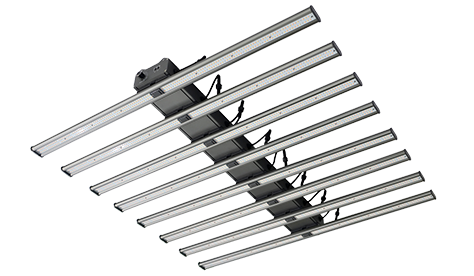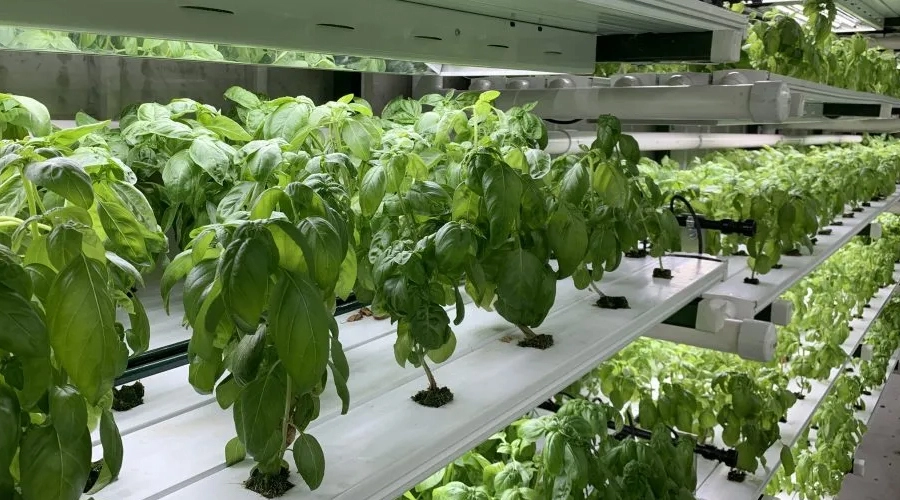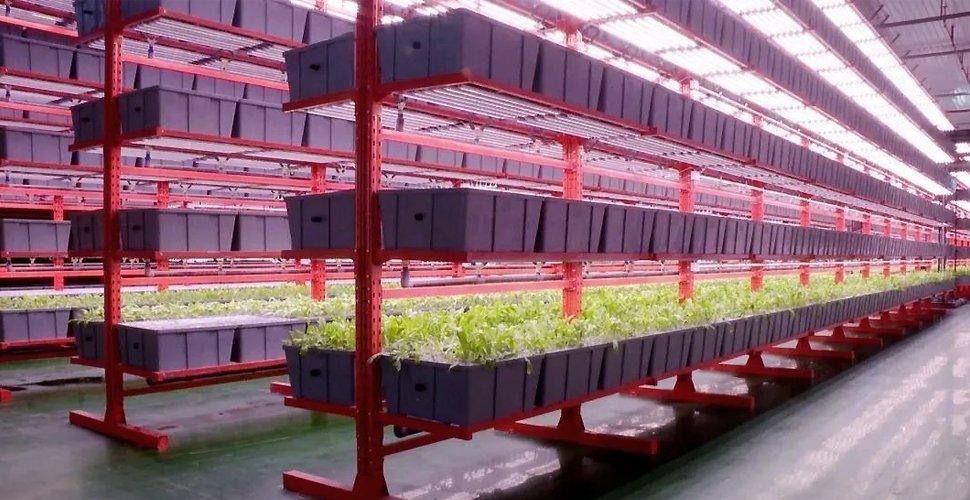Are you someone who loves to research before making a purchase? If you’ve been eyeing hydroponic towers, you may have stumbled upon some negative reviews.
Some home gardeners complain about the tower’s difficult design, finding it frustrating to disassemble and clean once it’s set up. They also mention algae and musty odors as common issues.
Such complaints may make potential growers wonder if the world of hydroponics is more trouble than it’s worth. However, there is an overlooked fact hidden in this negative feedback: regular cleaning and maintenance are crucial.
Don’t be afraid to invest in a hydroponic tower – with the right care, you’ll be rewarded with healthy plant growth and a long-lasting system that you can rely on.
Let’s learn about how to clean a hydroponic tower and turn them into opportunities!
Step 1: Preparation and Safety
Making appropriate preparations helps us carry out the cleaning work in an organized manner.
1. Necessary Supplies
Non-toxic Cleaner
Choose a cleaner specifically designed for hydroponic systems to least possible impact on plant or nutrient solution quality.
Soft Brush or Brushes
Brushes with soft bristles will protect the system from scratches. Brushes of different sizes will help reach into the small corners.
Cleaning Cloth
Microfiber cloths are particularly effective, as they can absorb tiny particles and residues without leaving lint behind.
Clean Water
If possible, use distilled or filtered water. The purpose of it is for rinsing.
Non-toxic Cleaner
A bucket will be handy when draining the reservoir, allowing you to store the dirty water.
Non-toxic Cleaner
If there are signs of mold or bacterial growth, use a disinfectant that’s safe for plants.
2. Turn Off the System
- Please turn off the water pump. This ensures that there is no water flow during cleaning.
- Please turn off the lights. This can prevent potential overheating or damage (if you are growing indoors).
- Ensure that the work area is free from tripping hazards. It is advisable to wear gloves whenever necessary.
3. Remove Your Plants
- If your plants are healthy, temporarily relocate them to a safe area.
- If you are setting up new plants, remove your old ones.
- Separate the growing portions, starting from the top, and then discard any roots or other plant material.
Step 2: Draining the Tower
Proper drainage ensures that you can access and clean every part of the tower. Additionally, it also provides an opportunity to refresh the solution, creating a healthier environment for the plants.
1. Emptying the Tank
Identify the Drainage Point:
Most systems have a designated drainage or exit point. If not, you may need to siphon or manually remove the solution.
Safely Drain the Nutrient Solution:
Place the other end of the drainage hose into a bucket or another container. Insert the pump and let it draw water from the reservoir. Once the storage tank is almost empty, unplug the pump and then manually pour out the remaining solution. Running the pump without water might damage the motor.
Handle Debris in the Reservoir:
There might be some plant debris or other particles accumulated in the reservoir. During the draining process, use a strainer or mesh pocket to capture these particles.
2. Check for Signs of Algae or Mold
Algal growth can clog the system and compete with plants for nutrients. Algae or mold at the bottom of the reservoir or the seams of each module might harm plants and could be an indicator of larger issues.
Step 3: Scrub and Clean
Once the water is drained, you can proceed with a deep and thorough cleaning.
1. Gently Scrub the Tower Body
- Manually clear any visible plant debris, roots, or fallen leaves from the modules.
- Use a soft brush to scrub off any algae, mineral deposits, or organic matter from the growth modules and the reservoir.
- After brushing, thoroughly rinse the modules with clean water.
Warm Tip: Corners, crevices, and the insides of net pots also need cleaning.
For instance, in towers like the Auxgrow HT06, water necessarily flows to the net pots. As a result, there are inevitable traces of yellowing or limescale at this location. A toothbrush-sized brush can also better clean these crevices.
2. Inspect and Clean Pipes and Pumps
- Please inspect the pipes for signs of blockages or algal growth. Use a pipe brush to gently scrub the inside of the pipes, clearing away any obstructions.
- By the end of the growing season, your water pump might get clogged with rotting roots and other plant debris. Over time, this can lead to plant diseases, which are the cause of the bad odor.
- It’s essential to dismantle and clean the water pump.
Step 4: Disinfect (if necessary)
Cleaning and scrubbing can remove visible dirt and residues on the hydroponic tower, while disinfecting ensures the elimination of harmful microorganisms that are not visible to the naked eye.
1. Choose A Disinfectant
- Hydrogen peroxide is a common choice for hydroponics. It can disinfect, and oxygenate the water.
- Ensure you use the correct concentration, typically around a 3% solution, and always wear gloves during handling.
- Add the recommended dosage to the water and circulate it throughout the system for a while. Ensure proper ventilation, as H2O2 can rapidly release oxygen under certain conditions.
2. Rinse
Even if the disinfectant is safe for plants, always thoroughly rinse with clean water after use.
Step 5: Refill and Restart
This step is not just about watering the system but rebuilding an environment that is friendly to plant growth.
1. Refill with Fresh Nutrient Solution
- If you’re transitioning from growing lettuce to tomatoes, you’ll need to select or adjust the nutrient solution to meet the specific needs of the new plants.
- If your previous plants were healthy and you’re continuing with the same type, simply refill with the same nutrient mix as before.
- Use a pH meter and EC (Electrical Conductivity) meter to ensure the solution is within the recommended range, suitable for your plants.
2. Refill the System
- Slowly pour in the nutrient solution, ensuring there are no splashes or spills. Minimize any disturbance or potential damage to system components.
- Most hydroponic systems have markers or gauges indicating the optimal water level. Ensure the reservoir water level isn’t too low or too high.
3. Reintroduce the Plants
Plants are delicate, especially their roots. Depending on the type of system, carefully place them back into their respective positions.
4. Restart the System
- Begin by turning on the water pump, ensuring that the water circulation is smooth and unhindered. And turn on the lights and other system components.
- Over the initial few hours or even days, keep an eye on the plants for signs of stress, such as wilting or discoloration, and address them promptly.
Jayes
Sem stafrænn markaðsstjóri hjá AUXGROW sameinar Jayes ástríðu fyrir vatnsræktunarkerfum og sérfræðiþekkingu í LED vaxtarljósum. Með praktískri reynslu og djúpum skilningi leiðir Jayes þig í gegnum heim sjálfbærrar ræktunar.






